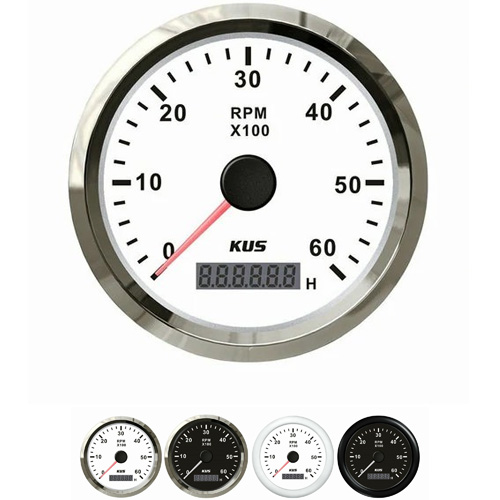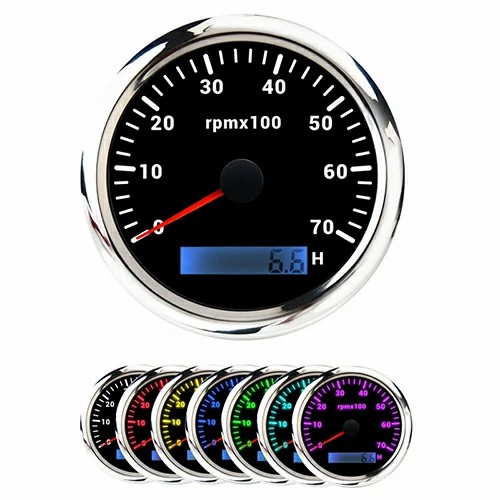how to wire a tachometer to coil
Generally speaking, a four wire tachometer in a car has a red wire connected to the positive pole of the power supply, a black wire connected to the negative pole of the power supply, a white wire connected to the positive pole of the sensor, and a black blue wire connected to the negative pole of the sensor. Generally, a 12V constant current is used. After the positive and negative poles are connected, a grounding wire is connected to the ignition signal wire of the ignition coil , and an ignition coil signal wire is connected to the outside of the ignition coil to connect to the instrument panel. The specific modification depends on how the meter head is modified . The ignition system and engine tachometer for engine operation are put into operation simultaneously . When the ignition system of the engine experiences a no high pressure fire fault, the approximate fault range of the ignition system can be analyzed and judged by observing whether the engine tachometer can be put into operation.
Turn on the ignition switch, press the start button, put the starting motor into operation, drag the engine into the starting condition, and pay attention to the changes in the pointer of the engine tachometer. If the pointer of the engine tachometer can rise upwards, it indicates that the engine tachometer can be put into operation, indicating that the charging winding, triggering winding, and electronic igniter of the ignition system are basically working normally. However, the ignition system cannot generate high-voltage spark faults to the ground. Therefore, it can be analyzed and judged that the ignition coil and its connecting circuit in the ignition system are faulty. Therefore, the ignition coil and its connecting circuit can be checked first. Inspection will quickly eliminate the problem. If the engine tachometer cannot be put into operation, it indicates that the fault range of the ignition system without high-pressure fire fault is relatively large. But first of all, the possibility of ignition coil failure can be ruled out. At this point, the connection between the electronic igniter and the cable harness connector can be disconnected, and a multimeter can be used to detect the charging winding, triggering winding, ignition switch, ignition coil, and grounding wire terminals in the cable harness connector. This can quickly identify the suspected fault points and smoothly eliminate the fault.
 English
English 



Get a Quote / Info